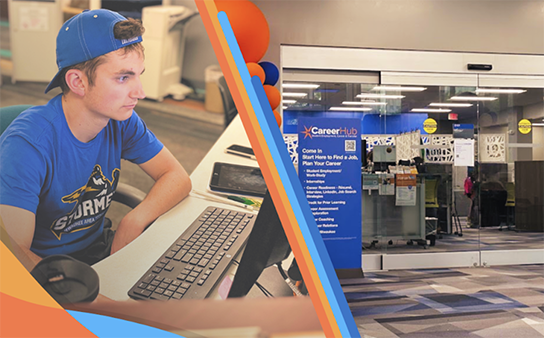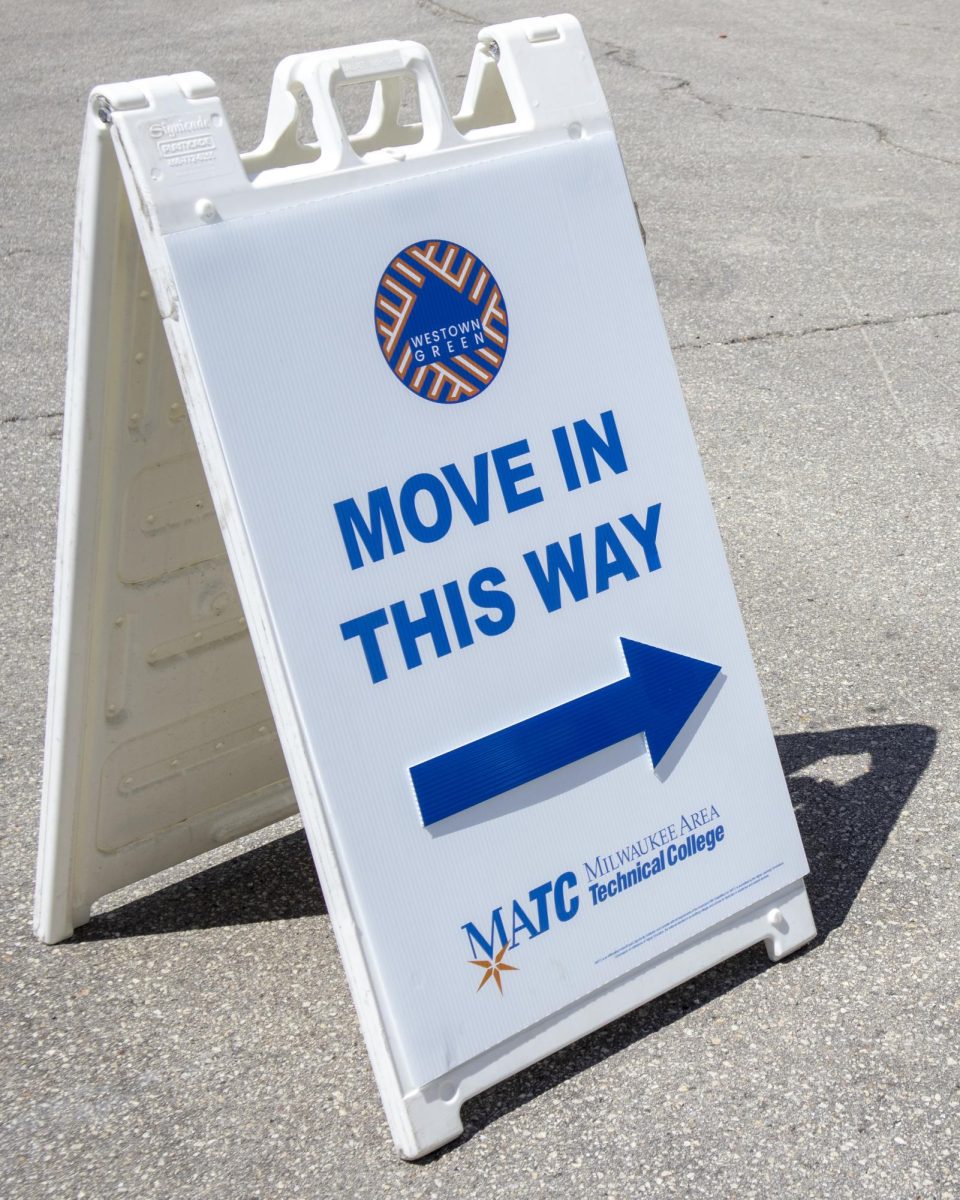No longer just for helping the blind, service dogs are being used more often today than ever before. So it’s very important to understand why service dogs are there, the laws that allow them access and basic etiquette when approaching them.
Other than aiding the blind, service dogs are used for a plethora of conditions. Here are some uses.
A Mobility dog helps its handler retrieve items. A Hearing Alert dog will alert its handler to sounds. A Seizure Alert dog will alert when a seizure is happening and either stay to help its handler or get help.
A Medical Alert dog is similar to Seizure dog but can alert to various conditions such as heart attacks, strokes, panic attacks or diabetes, and will assist its handler or get help.
A dog used for Autism will help someone with autism and can assist with behavior issues.
Plus there is a Psychological service dog that can assist with Post Traumatic Stress Disorder (PTSD). It is important to note that service dogs are NOT the same as therapy dogs.
A service dog is trained to assist a person with a disability and are protected under the Americans With Disability Act, which states: A service animal is any animal that has been individually trained to provide assistance or perform tasks for the benefit of a person with a physical or mental disability, which substantially limits one or more major life functions.
A therapy dog is a dog that brings comfort to people in hospitals, nursing homes and the like. The handlers are NOT protected under the same ADA laws as are the handlers of service dogs.
Therapy dog handlers must have permission from the institution they wish to bring their dogs into. However, a handler of a service dog has the right to enter into any public place.
In fact, denying a service dog into a place of business is against the law.
The only way a service dog can be removed from a public place is if it’s aggressive. Due to their work, they simply just cannot be aggressive.
When you are asked not to pet them, it isn’t because they may bite, but because they’re working.
When you see someone with a service dog, it is important to follow basic etiquette to give the person the same respect you would want.
First, don’t scream. The dog will not bite you, so there is no reason for this. It is not only quite embarrassing when people scream, but it also scares the handler.
Next, don’t pet the dog. It is important to know, service dogs are not pets. They are working and when you pet them, you’re actually distracting them.
Also, although most people with a service dog won’t mind talking to you about their dog, remember the dog is a tool to get them through their day. They may be busy and may not have time to talk. Don’t be offended.
Lastly, but most importantly, don’t ask why they have the dog. By law, they just need to say it’s for a disability. It is very personal and embarrassing to be asked that question.
Realize that a person with a service dog is just like anyone else. The only difference is that they need a dog to help them throughout their day.



































































